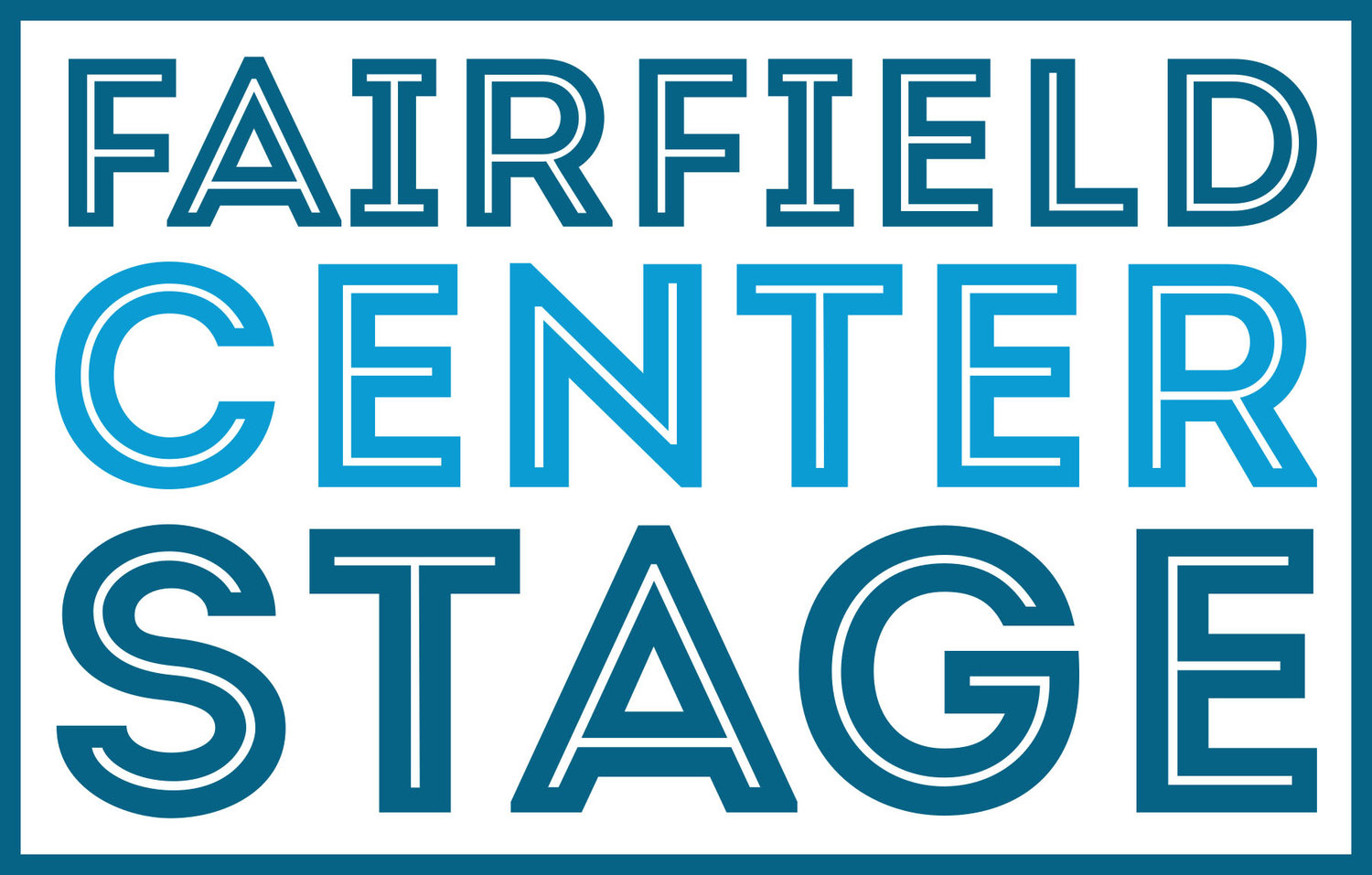Q: We continue to see a recycling of events in our society related to race tension and inequality. What, if any role, do you feel art can play to invoke positive change?
A: While art reflects life, it has also always influenced it. Who can, for example, deny the influence of Picasso's Guernica in bringing worldwide attention to the cruelty of the Nazis and the suffering of Spain during its civil war? Or the works of Charles Dickens and Victor Hugo in raising consciousness about social injustice and poverty in England and France?
Q: Why is it important for this story to be told today?
A: This story reminds us that we are part of a long, historical struggle, that what we are facing today others have faced before us and more will face after us. It's inspirational to know that we are not alone, and that although progress may be slow and setbacks may be encountered, in the long course of history we are part of a larger movement in a positive direction.
Q: Describe one of the characters you play, and the heart of that particular speech.
A: My character Police Commissioner Stanley Sheinbaum embodies the spirit of trying to understand other points of view and bridge the seemingly unbridgeable gaps between people, but also the difficulty in bringing others along to do the same. "Which side are you on?" he is asked. "Why do I have to be on a side?" he answers.
Q: What do you hope the audience takes away from this experience?
A: I would hope audiences take away that there are multiple sincere, heartfelt and understandable points of view on these fraught situations, depending on what each individual brings to it and is affected by it, and all of them short of the truly heartless, no matter how alien from each other, must be understood and in some way validated for there to be any hope of us overcoming these cultural divides.

